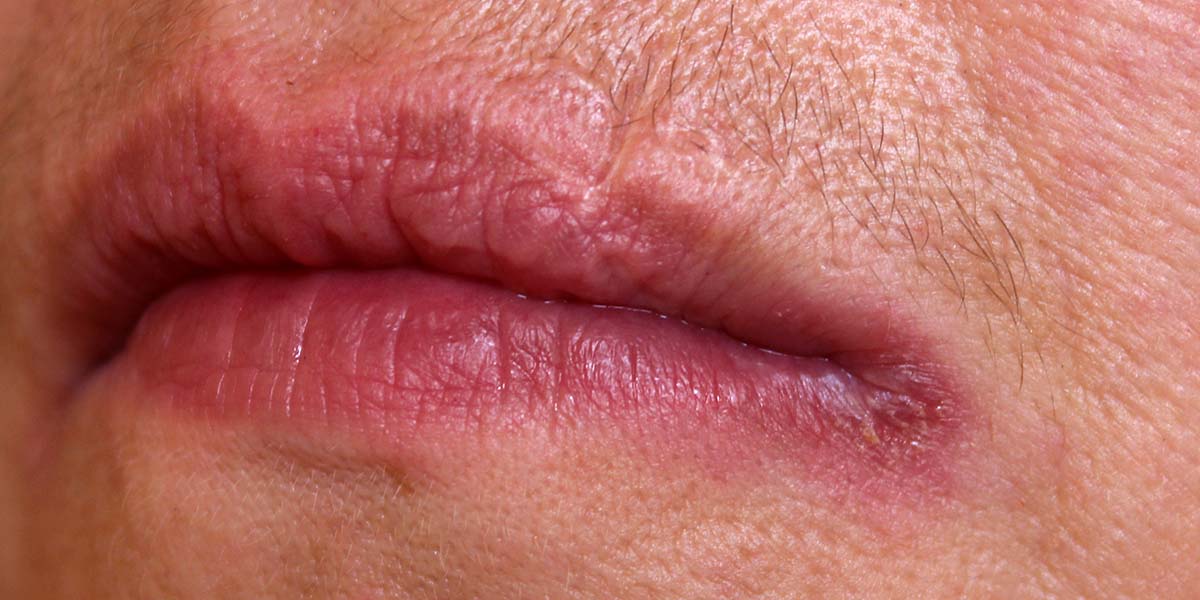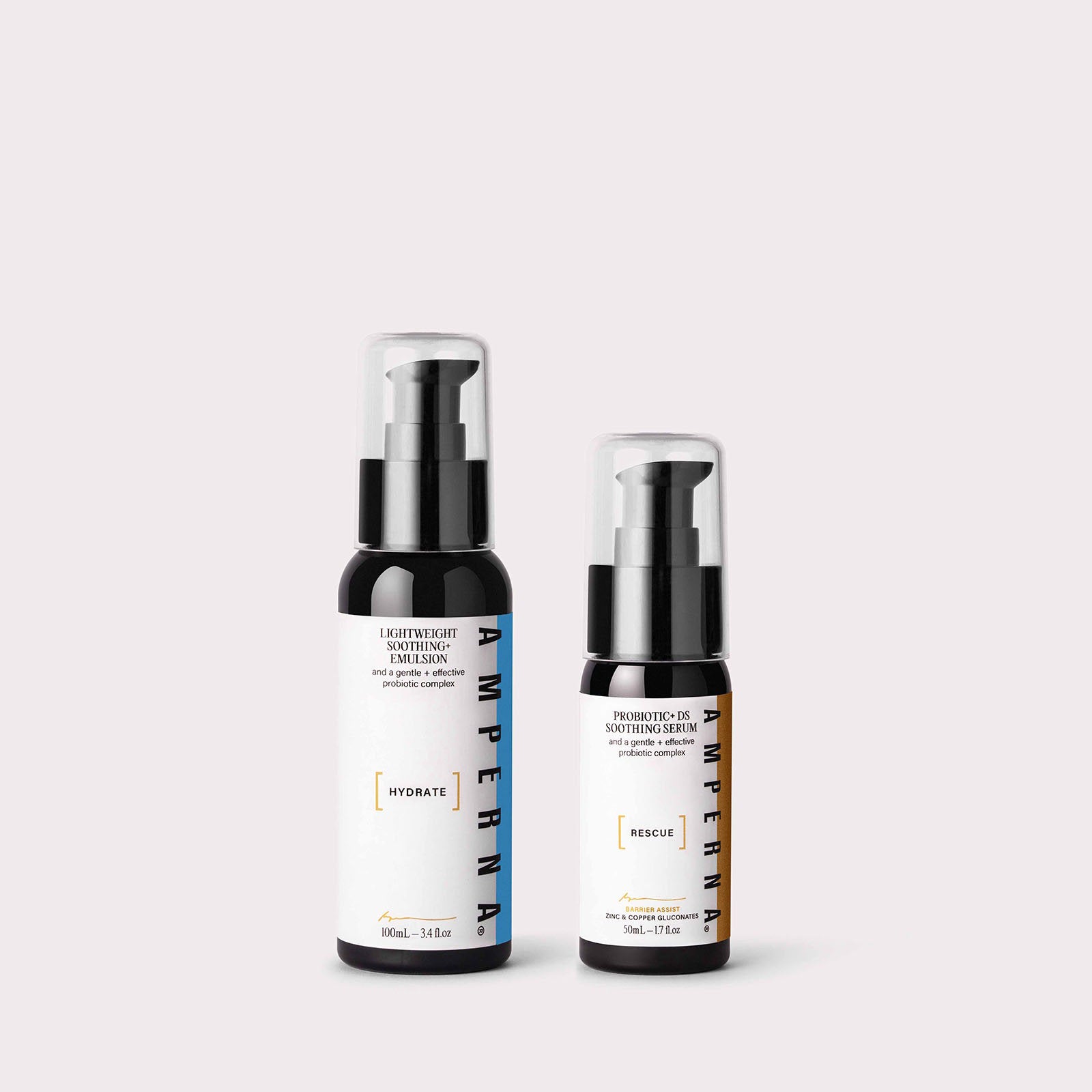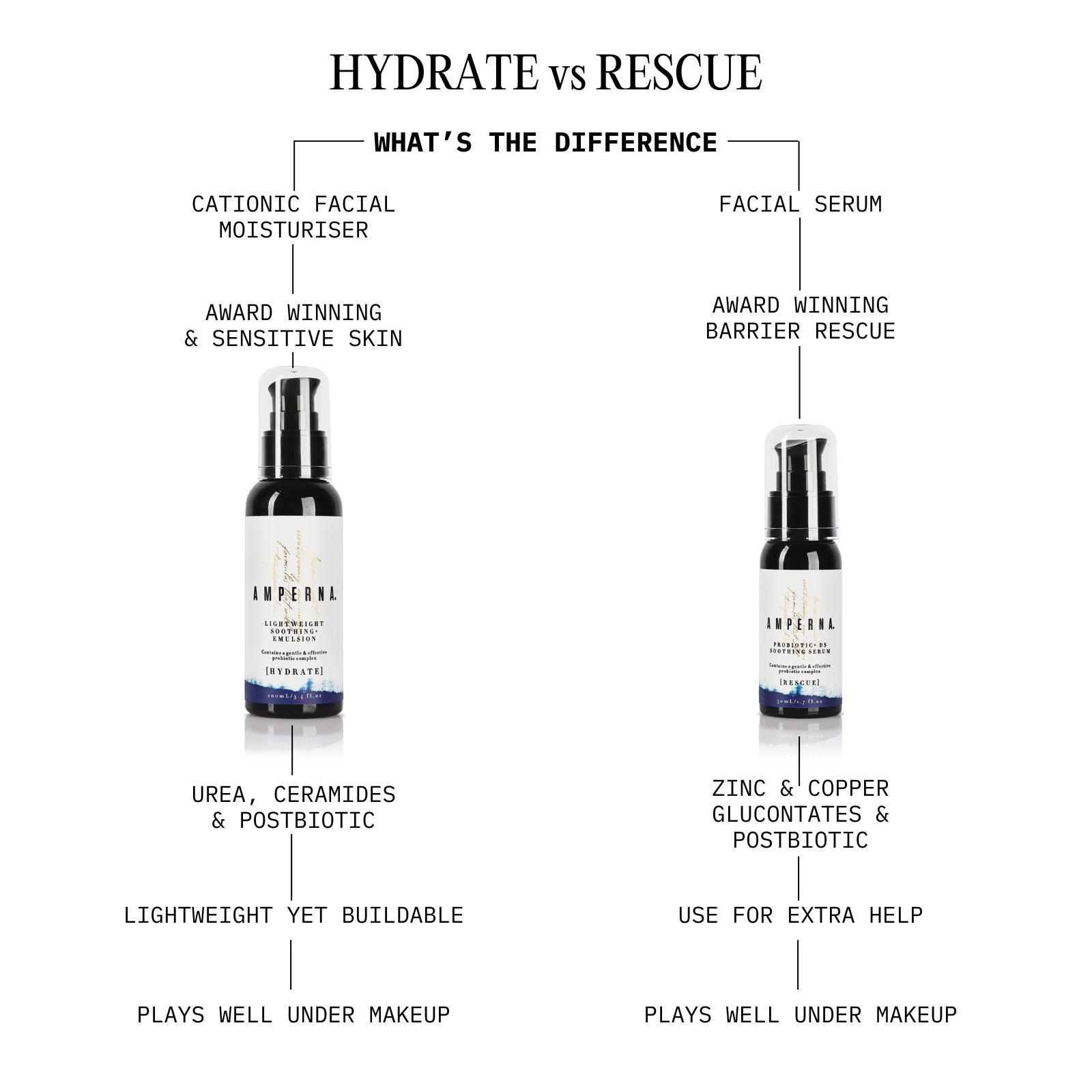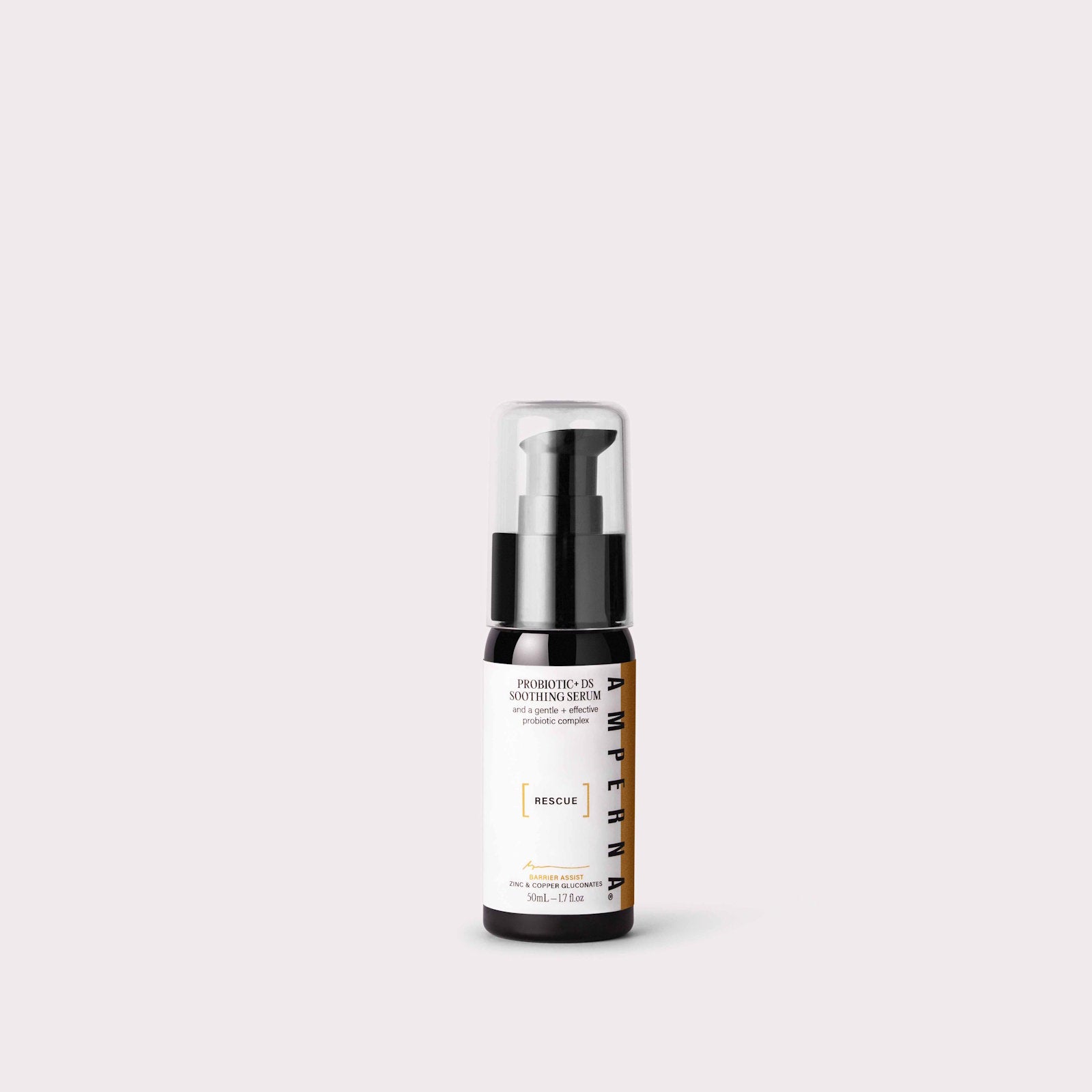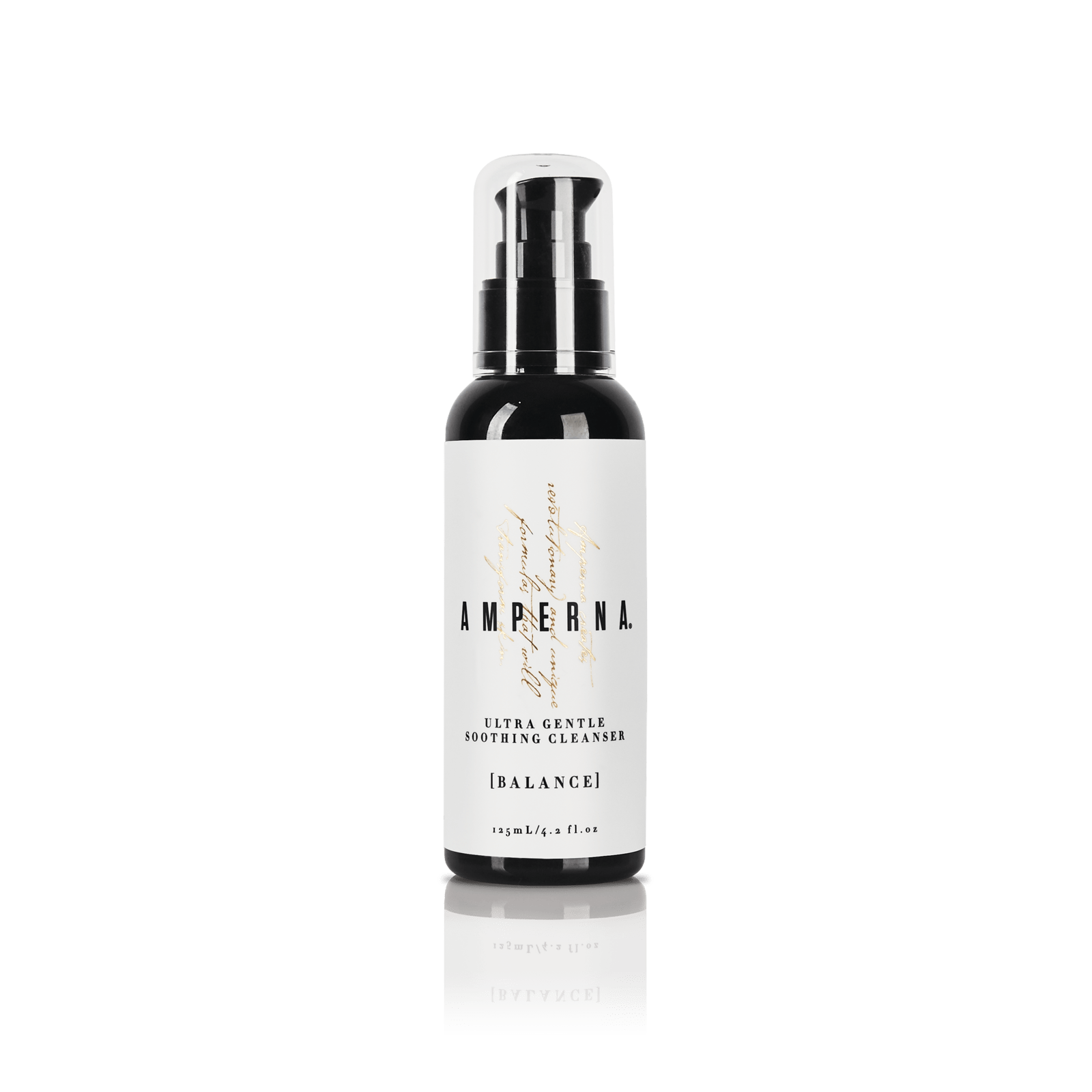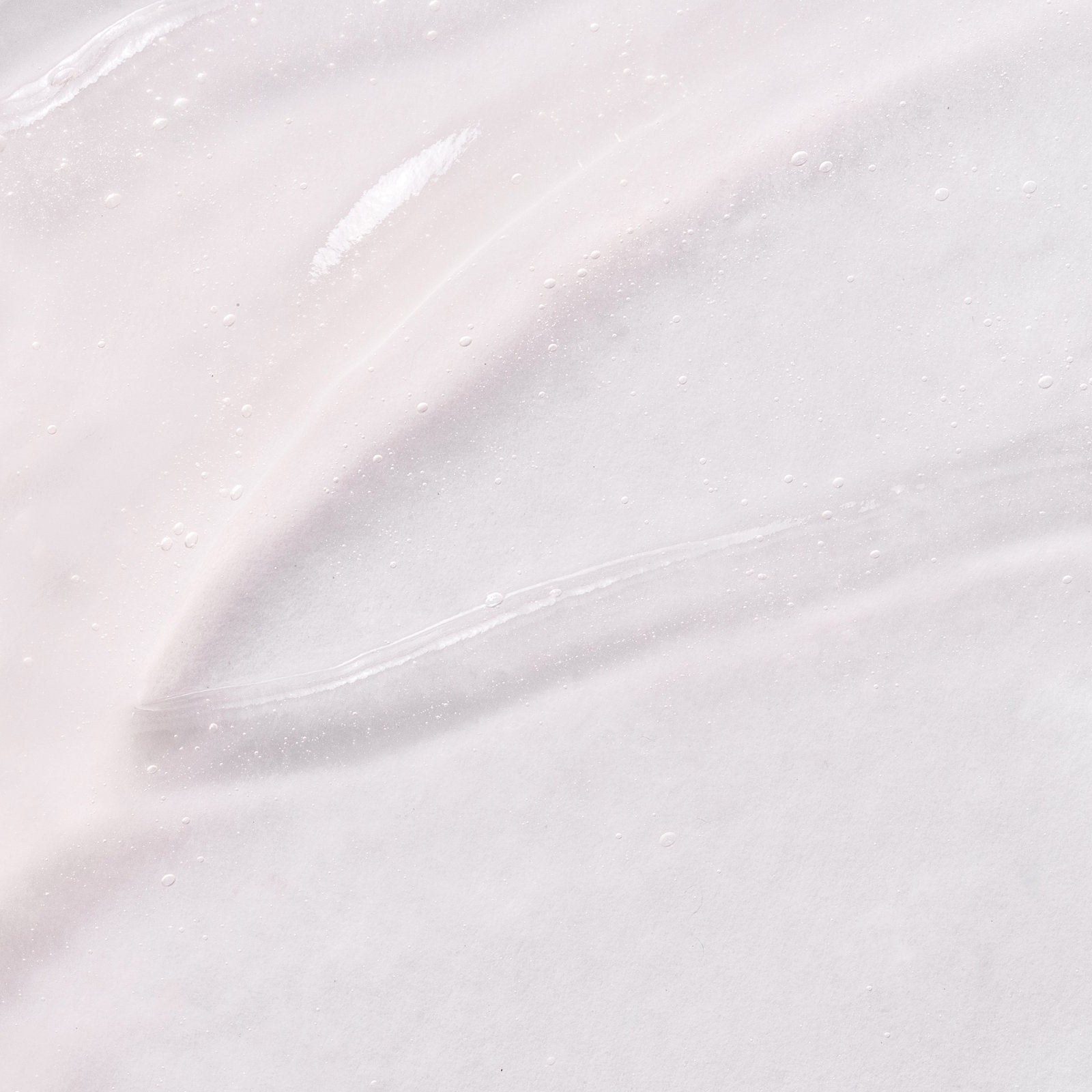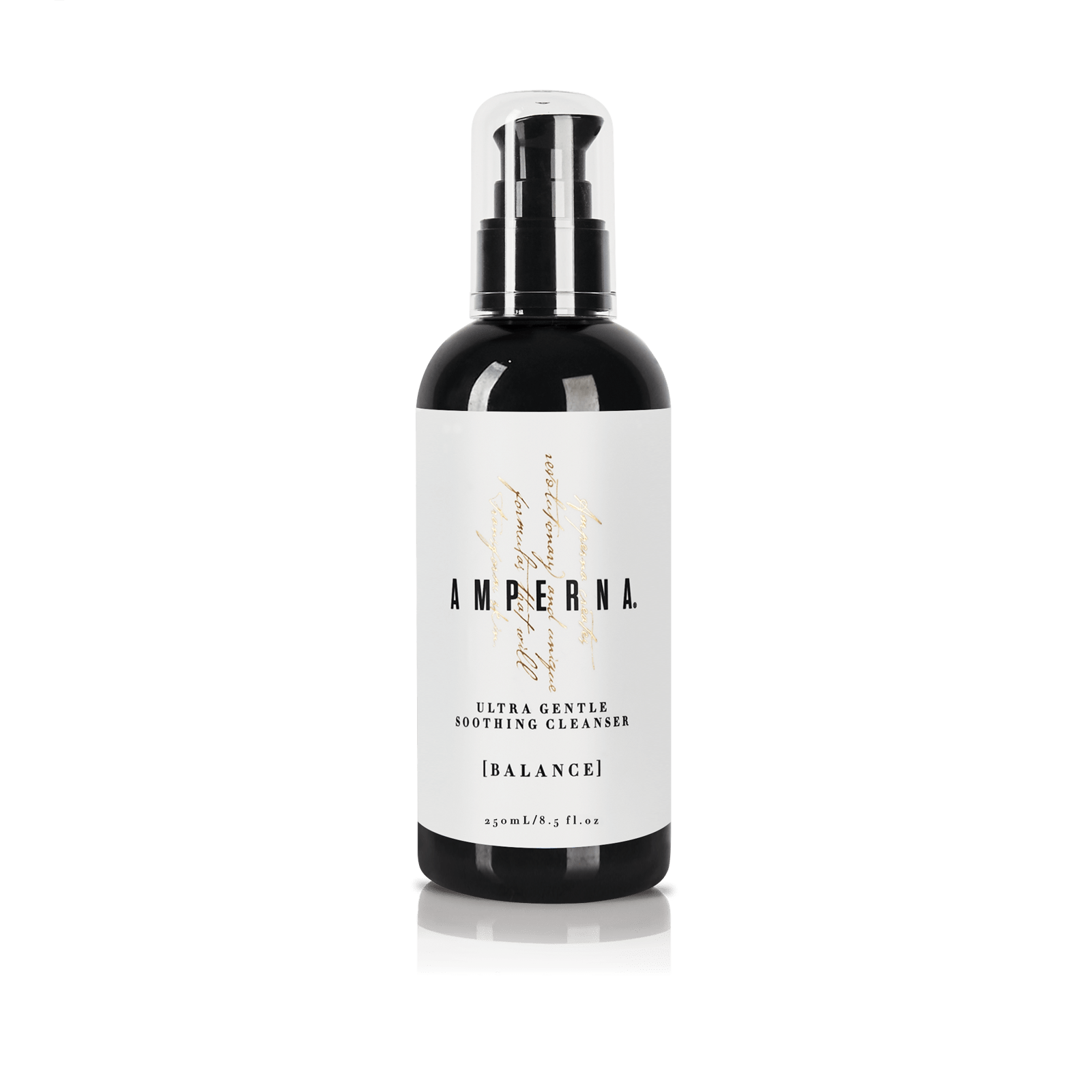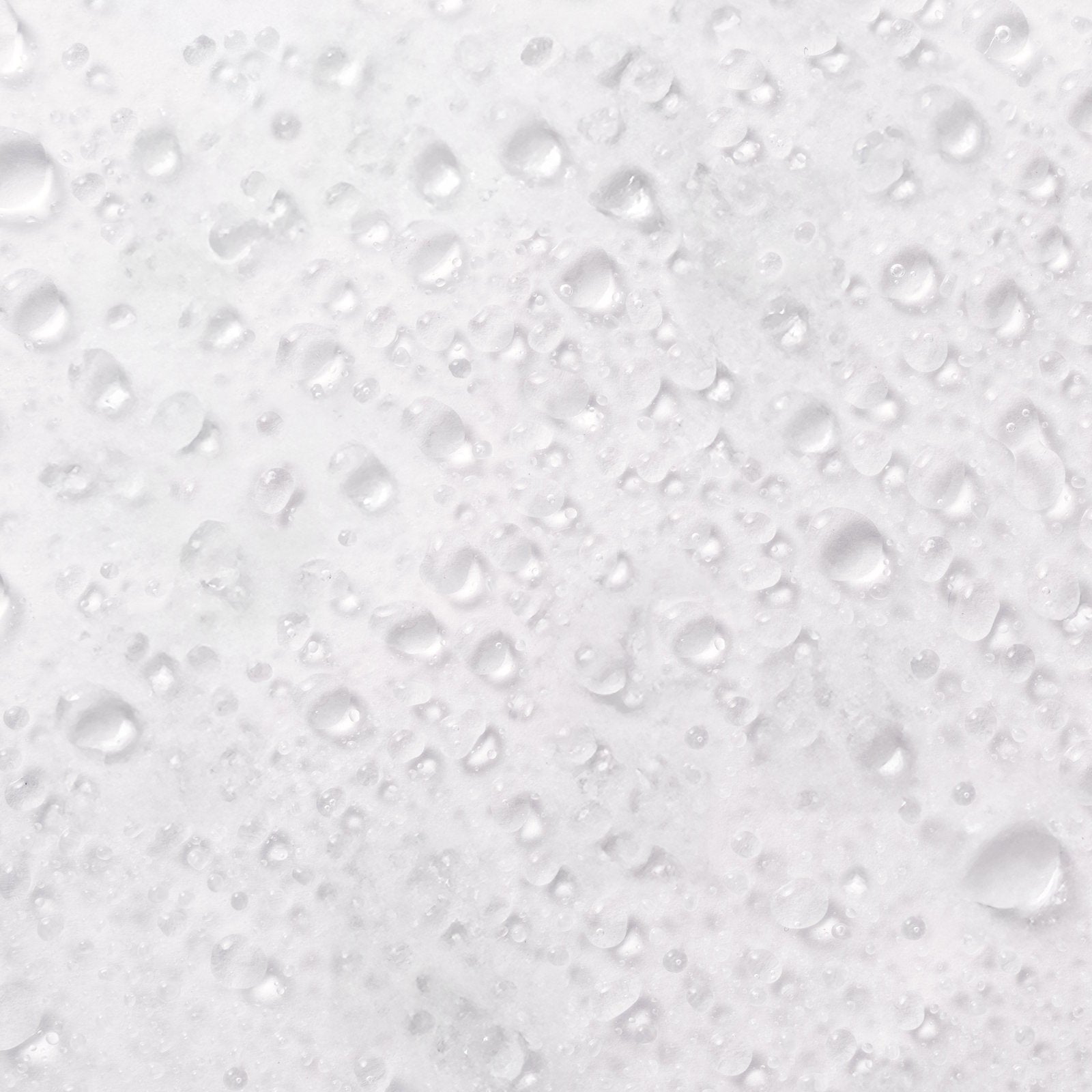Common skin conditions such as acne, rosacea and eczema are easily identified and recognised in society. However, skin conditions that can occur in the lower half of our face are not as commonly discussed. If you start suffering from a rash on or around your nose or develop a rash around your mouth, you may not be aware of the skin condition you have.

Rash Around Your Mouth
Perioral dermatitis (PD) and angular cheilitis are two conditions that can impact the lower half of our face and mouth.
If you find yourself suffering from symptoms such as cracked lips, small bumps around your nose, itching or a rash around your mouth we have put together a few tips to help you pinpoint what it might be and what to rule out:
Perioral Dermatitis (PD)
Perioral dermatitis (PD) means dermatitis peri (around) oral (the mouth) and sometimes gets confused for acne due to breakouts around the mouth. Dermatitis around the mouth can also be confused with other skin concerns like eczema and cheilitis. The rash tends to appear around the mouth and the folds of skin around the nose. The rash is made up of small bumps around the mouth and are red in people with light skin and flesh coloured in people with darker skin.
Along with the rash comes dry and flaky skin that often itches and in some cases you can feel a burning sensation.
There are thought to be several causes. In some cases, it can be a product such as makeup irritating the skin, or other factors such as:
- PD often starts as the side effect when topical steroid medication is prescribed for an unrelated rash or skin irritation. If the medication is used too frequently or misused then stopped, topical steroid addiction/withdrawal can occur. This is sometimes referred to as ‘red skin syndrome’.
- The use of antifungal creams on the face.
- The use of cosmeceuticals including face creams, toners and scrubs.
- Other initiating factors include corticosteroid eye drops, nasal sprays or “preventer” asthma inhalers.
- Allergies to Fluoride, Sodium Lauryl Sulfate (SLS) and Sodium Lauryl Ether Sulfate (SLES).
- Allergies and sensitivities to certain foods.
- Hormones.
Think you have perioral dermatitis? You might like to read our Tips, Treatment and the Best Products for Dermatitis on the Face blog.

Angular Cheilitis
Angular cheilitis is the inflammation of one or both corners of the mouth with a symptom of it being cracks in the corner of your mouth/lips. Just like PD is can be itchy and dry but shouldn’t be confused with PD which doesn’t tend to affect the lips. You may be more prone to angular cheilitis vs perioral dermatitis if you have sensitive skin, use dentures, have inflammatory bowel disease or have a genetic predisposition.
Angular cheilitis generally looks like redness around mouth and can become very painful when the skin breaks, bleeds and crusts over. The pain can increase when eating spicy foods.
This condition can be caused by:
- A fungal or bacterial infection
- Irritants such as cigarettes
- Sun over-exposure
- Allergies from toothpaste, make up and food
- Poor immune function
- Saliva causing a contact dermatitis
A simple way to help treat your angular cheilitis can be to use lip balm regularly or try applying petroleum jelly to the corners of your mouth to create a barrier from saliva which can make the problem worse.
If your angular cheilitis is caused by a fungal or bacterial infection then medication such as an antifungal may be required. Your health care professional can help to diagnose and provide you with the appropriate treatment measures.
Angular cheilitis vs perioral dermatitis - perioral dermatitis doesn't usually touch the lips. It spares the lips; there is usually a small amount of clear skin around the lips when you suffer from perioral dermatitis. Can you get perioral dermatitis on your lips? No.
Eczema on the lips is also known as lip dermatitis and eczematous cheilitis. You may notice redness, drying, and scaling on your lips. You may have genetic predisposition to eczema, or you may suffer because of an outside occurrence.

Exfoliative Cheilitis
Exfoliative cheilitis is when the lips crack at the border and there is a continuous state of dryness, scaling and peeling. It is thought to be caused by excessive keratin which is produced in response to a lip or mouth trauma, or even continual lip sucking.
Once again this should not be confused with PD which tends to be on the outer surrounds of the mouth and not on/touching the lips.

Contact Dermatitis
Contact dermatitis is a skin reaction from contact with certain substances in the environment that you may be allergic to. This is a rash around mouth not perioral dermatitis. The three most common types are irritant, allergic and contact urticaria (hives).
- Irritant - These cause direct skin irritation and inflammation. They are the most common cause of contact dermatitis. It can develop very quickly when the skin touches an irritating chemical that breaks through the skin barrier and causes inflammation.
- Allergic - These cause the body's immune system to have an allergic reaction. The body releases defence chemicals that cause skin symptoms that normally take a few days to appear.
- Contact urticaria - also known as hives, is less common. Symptoms, which usually appear immediately after the skin is in contact with the source of irritation, include swelling and redness. These symptoms usually do not last long. In very rare cases, there is a serious risk of an anaphylactic reaction (a severe allergic reaction that causes the throat to swell, chest tightness).
Does your son or daughter suffer from skin issues? You may like to check out our Help for Children Suffering From Dermatitis blog.

Common causes of contact dermatitis:
- The environment (extreme temperature and humidity).
- Allergy-producing chemicals including metals (nickel & cobalt allergy is extremely common among adults and children as well as chromium salts), fragrances (found in cosmetics, perfumes & some foods), Antibacterial ointments such as neomycin and bacitracin and Formaldehyde (a preservative)
For help in pinpointing your skin condition, Kiri’s Telehealth Holistic Skin Coaching Service enables you to discuss your skin concerns and develop a tailored plan to work towards.
Sources:
https://www.aad.org/public/diseases/a-z/perioral-dermatitis
http://www.pcds.org.uk/clinical-guidance/angular-chelitis
https://dermnetnz.org/topics/exfoliative-cheilitis/
